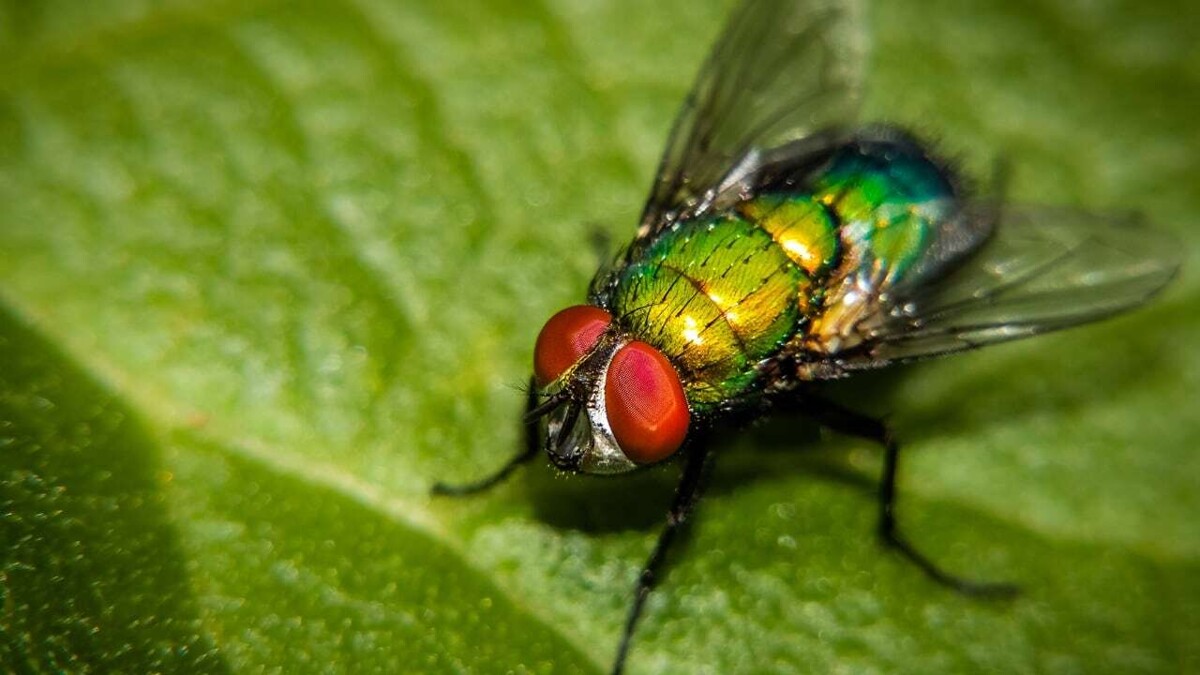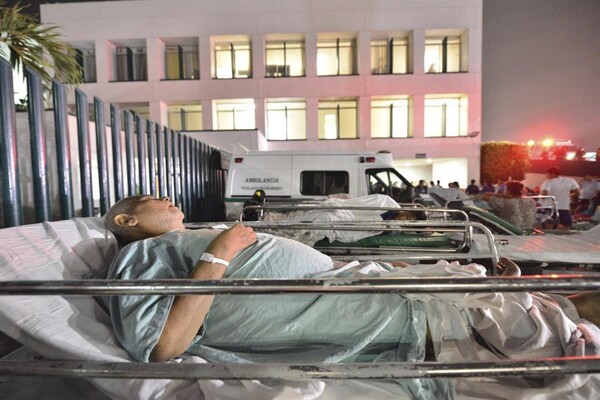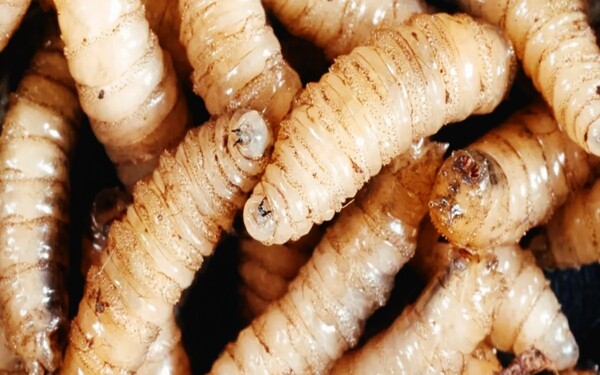
The screwworm can cause the death of a mammal if not treated within 14 days after infestation, due to toxicity or secondary infections. The only known form of prevention is to apply biosecurity measures in livestock production units and to treat animal wounds immediately.
The life cycle of the insect begins with the hatching of the eggs deposited by the fly in the wound, taking between 12 to 24 hours for the larvae to hatch and begin feeding on living tissue for about four to eight days. Once developed, the larvae fall to the ground to become pupae and eventually adult flies.
There are two species of flies responsible for screwworm myiasis: the new world species, present in the western hemisphere, and the old world species, in the eastern hemisphere. These larvae can infest small wounds, including tick bites or the navels of newborns.
The National Service of Health, Safety, and Quality in Agro-foods indicates that the signs of infestation include movement within the wound, increased size and depth of the wound, purulent serosanguineous fluid, and changes in the behavior of the animals.
In Mexico, the first human case of screwworm was confirmed in a 77-year-old woman in Acacoyagua, Chiapas. The patient is stable and being treated with antibiotics at the High Specialty Hospital of Tapachula. Authorities have implemented containment measures, health promotion, and epidemiological surveillance in the area to prevent new infections.
Screwworm myiasis is an infection caused by fly larvae that feed on living tissue in mammals, livestock, and humans. Infestation occurs when a fly deposits eggs in a superficial wound.












